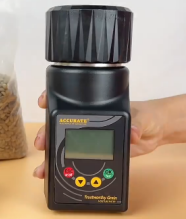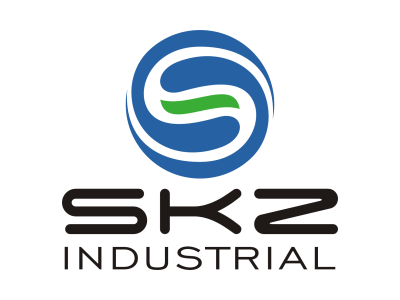Correct data is imperative when executing moisture testing. If you work in the agriculture, construction, textile, or food processing sectors, it is imperative that you understand how a digital Moisture Meter operates, it will assist you in making better evaluations on moisture levels which will enhance your product integrity. In this article, I will discuss the technologies behind moisture meters and their employment as a professional device.
What is a digital moisture meter?
A digital moisture meter is a hand-held or stationary device that allows you to measure moisture content in many types of materials. Digital hygrometers produce data that are accurate, and easier to read when compared to previously used hygrometers, and are easier to record.
The core technology behind digital moisture meters
Most digital moisture meters operate based on one of two core methods:
Resistance (pin) measurement
These moisture meters consist of two or more metal probes that are a substance.
An electric current passes through the probes and they measure the resistance met.
The higher the moisture, the lower the resistance, and the meter computes the percentage of moisture.
Capacitive (Pinless) Measurement
These meters use sensor pads with electromagnetic sensors that sit on the surface of the substance.
Moisture content is computed based on measuring changes in the materials dielectric properties.
Pinless meters are non-destructive and are perfect for surfaces that cannot be penetrated with probes.
Some meters use both methods and the advantage is added flexibility and accuracy.
Features that make a difference
When choosing a digital moisture meter, be sure to consider the features that fit your specific needs:
Digital display for easy reading
Automatic calibration to ensure consistent accuracy
Data logging feature to track trends over time
Material mode selection to switch between types such as wood, grain or concrete
Backlit screen and compact design for field use
How to choose the right digital moisture meter
Here are some questions to consider:
What materials do you measure most often?
Do you need a pin or pinless model?
Do you need to store and export data?
How often will the device be used?
Answering these questions will help narrow down your choices and ensure that your investment pays off in terms of performance and reliability.
Conclusion
The SKZ111B-2 is your portable, digital weighing moisture measurement tool that gives moisture readings expressed as weight percent. This moisture meter is an instrument of technology that uses AC resistance (capacitance) to make its measurement.
And here's the fun part: you're giving the grain an electrical test! The instrument sends a small amount of AC power through the grain and determines the response. The more moisture in the grain, the more current, and the more it changes the resistance or capacitance. It's as if the grain says, "I'm wet!" or "I'm dry!" to the instrument, which listens, computes, and then reports using our test, the moisture weight percent.


